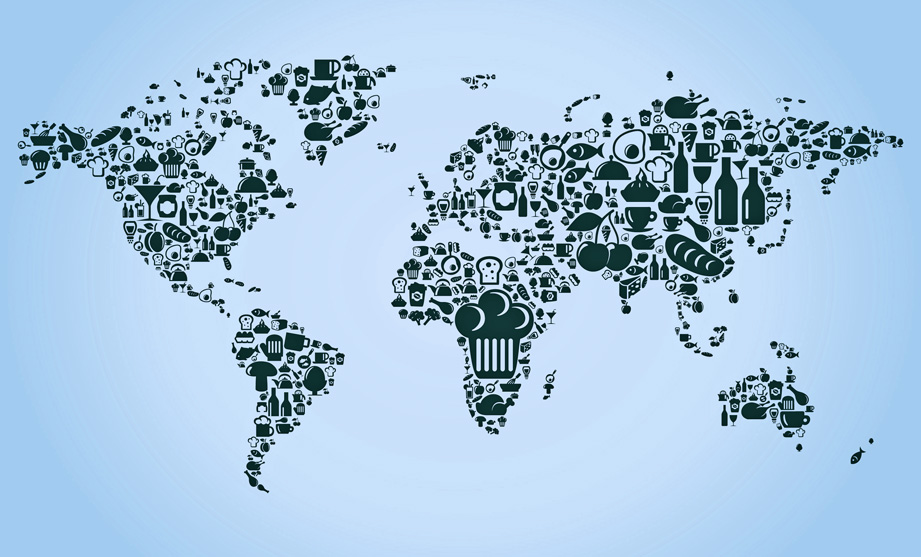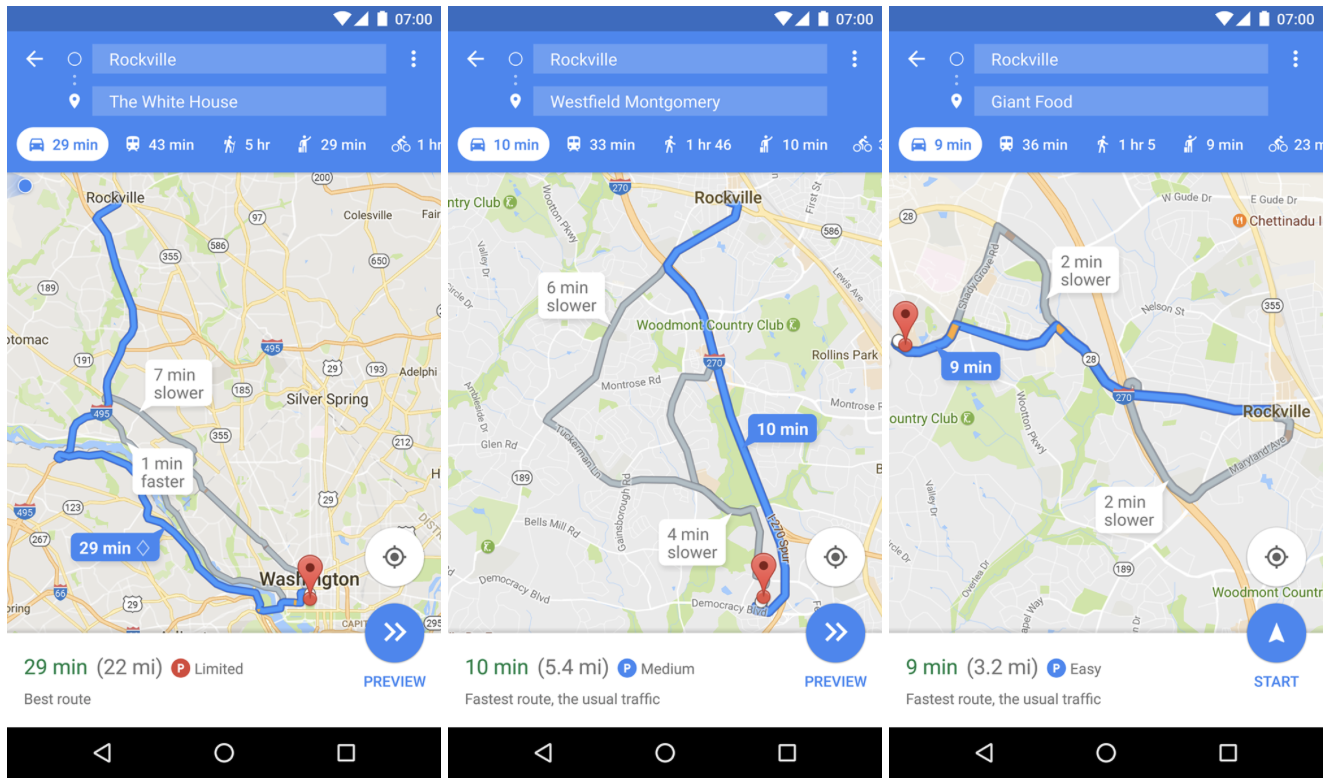
GIS is like Sizzler isn’t it?
I admit it. I love Sizzler. When I lived in England the food was … truly bloody awful! Then one sunny day a Ponderosa (then a Sizzler competitor) opened in my town. The joy among the community was palpable. Finally food that was prepared, plentiful and edible.
Pay your money at the door and the pleasure began. So many choices. Grab a plate, slap on what you wanted and yummy. No need to cook, an almost endless selection of already prepared food. The joy.
ArcGIS is like Sizzler isn’t it?
I’ve sometimes read the term self-service in relation to GIS: self-service mapping, self-service analytics. That term makes me think of an all you can eat buffet. Rather like Sizzler.
If only GIS were like a Sizzler. Alas, when you invest in a GIS, there are no back room staff planning out which food stuff will be made available today. Nobody preparing the food; washing, cutting, cooking, combining. Guess who gets to do the planning and preparing? You. Yes you!
And believe me GIS is considerably more complex than food preparation (my highly trained GIS colleagues can attest to that)
Self-service is you configuring the last mile. But do you know how to navigate the first 100 miles. Can you plan and prepare your GIS as if you ran a Sizzler?
All is not lost. This is one of the reasons organizations like mine exist. To help set the stage for those struggling with GIS.








